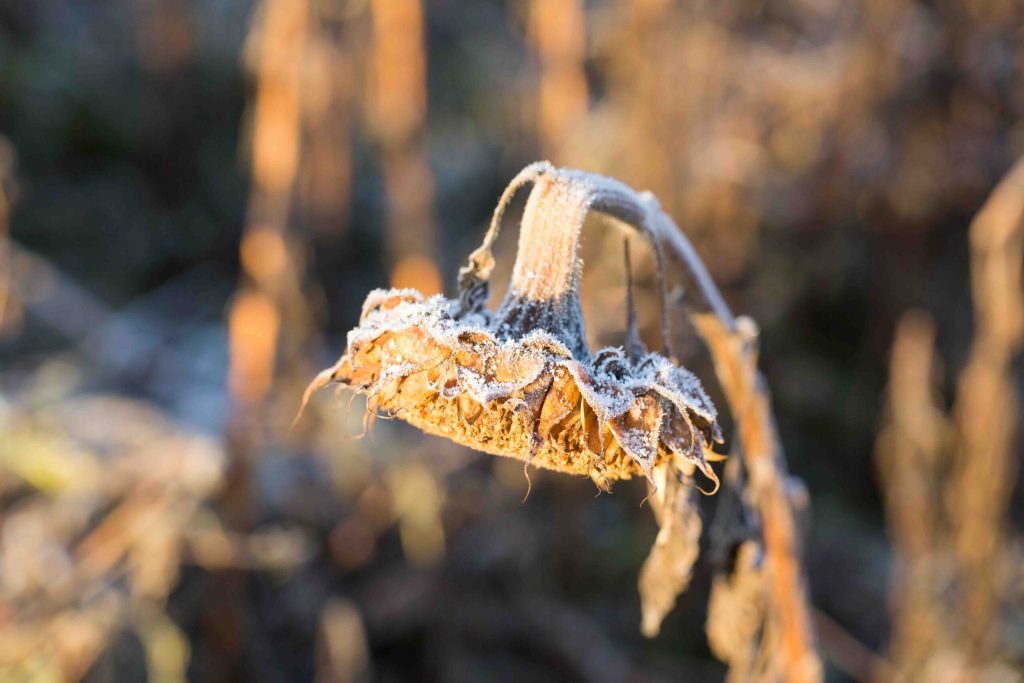To desiccate or not to desiccate, that is the question that many sunflower farmers face each harvest season. The answer, more often than not, lies with Mother Nature.

“The main advantage of desiccating a sunflower crop is that it speeds up a farmer’s ability to get in the field,” says Nuseed Field Sales Lead, Trygg Olson. “The last few years, we’ve had really late falls, pushing into November. So, if guys are waiting for natural kill off and then looking at additional time for dry down, that’s a big delay to harvesting. If they get any kind of moisture, late season diseases or lodging, those will all cost yield and quality. The goal of desiccation is to get harvest started early; get the crop out of the field and preserve yield and quality to be able to move those sunflower seeds into a saleable market.”
Economics drive desiccation, as well. Sunflowers are gaining acres due to the double cropping opportunities new hybrids are delivering. And the late-season hardiness of those hybrids, combined with later frosts, often necessitate desiccation.

“One of the most important recommendations I make to growers that are planning to plant early and harvest early in hopes of getting a second crop planted, is the importance of desiccation. The new N4H161 CL hybrid has really good late season plant health; it does stay green for a long time, even as the seeds are drying down, so desiccation is a great way to get those plants dried down and sunflowers out of the field so you can come in with a second crop,” says Alison Pokrzywinski, Sunflower Product Manager, North America.
